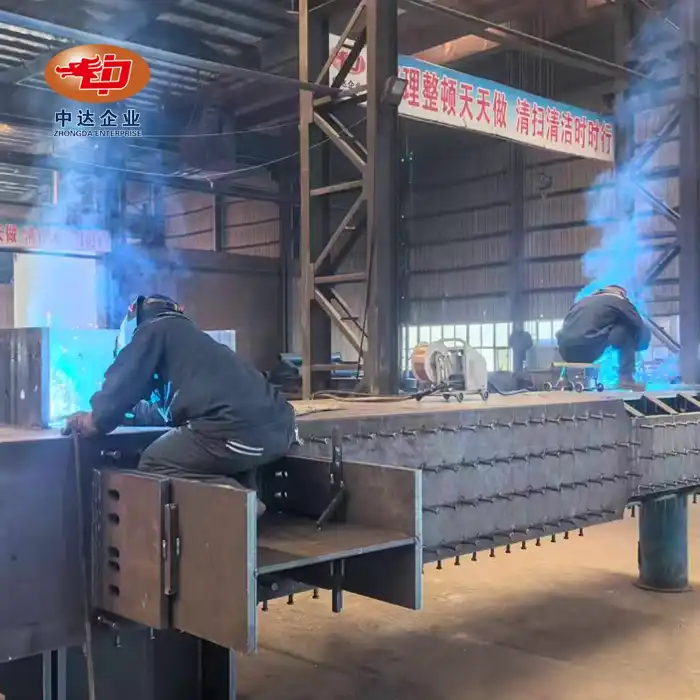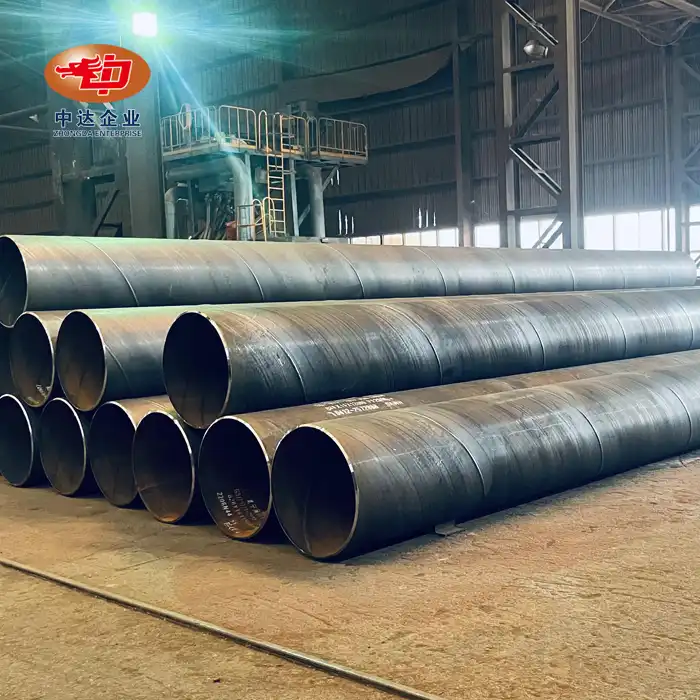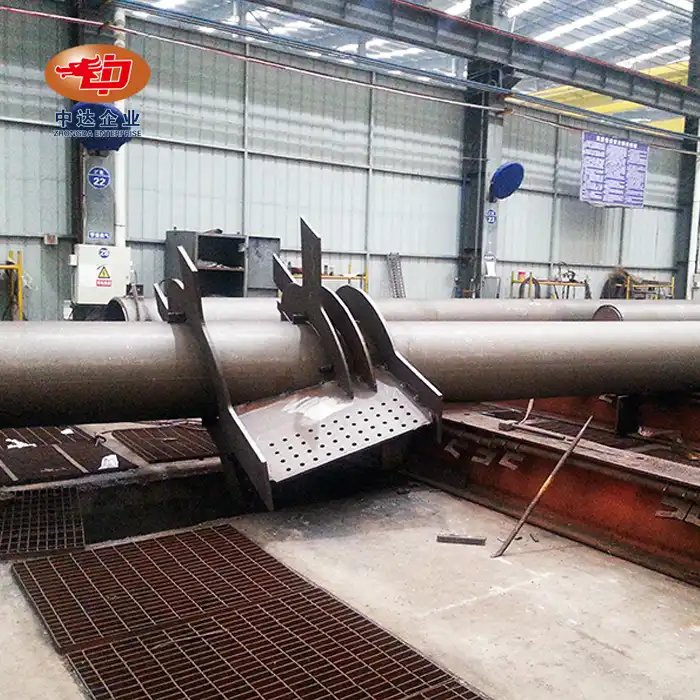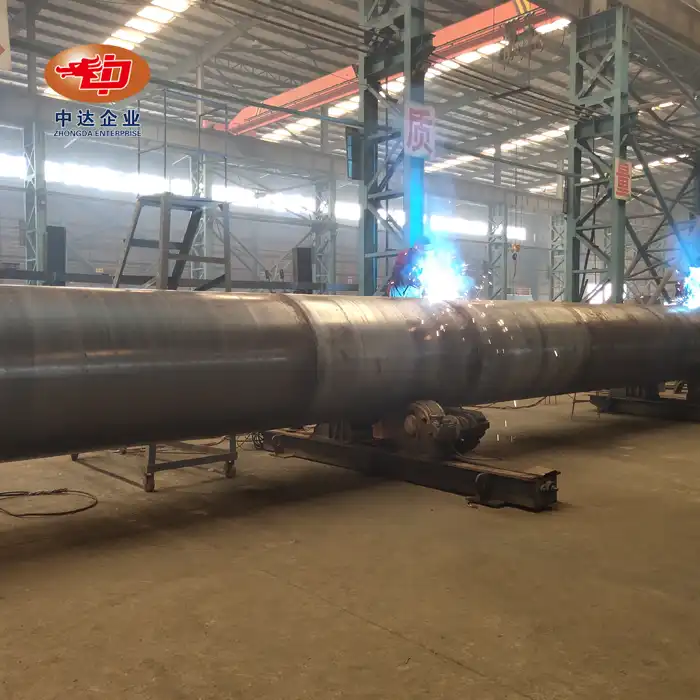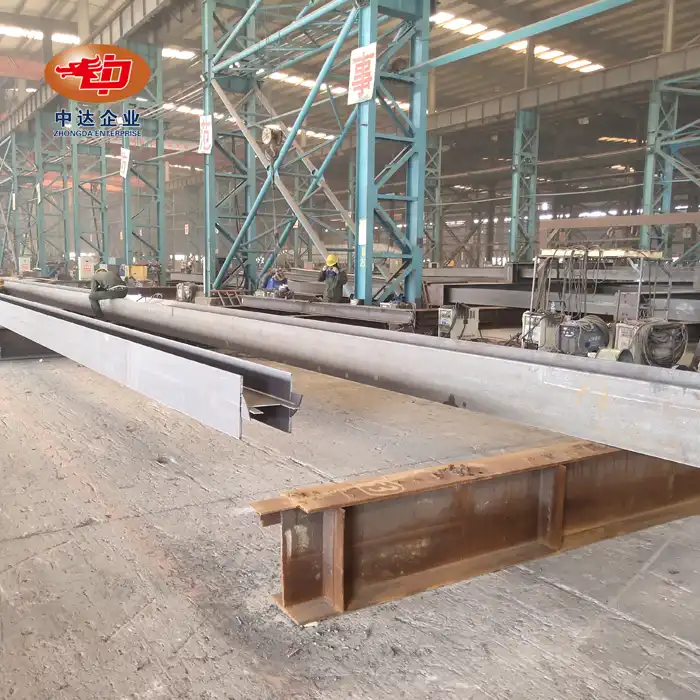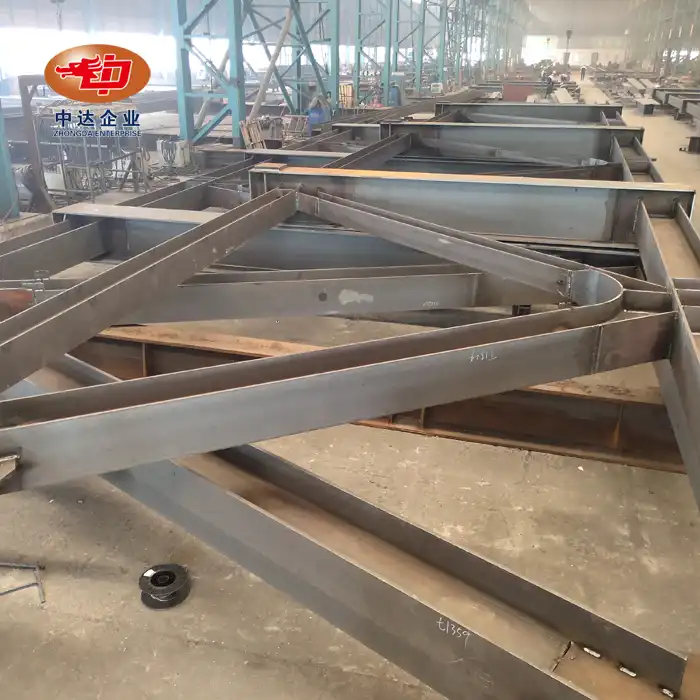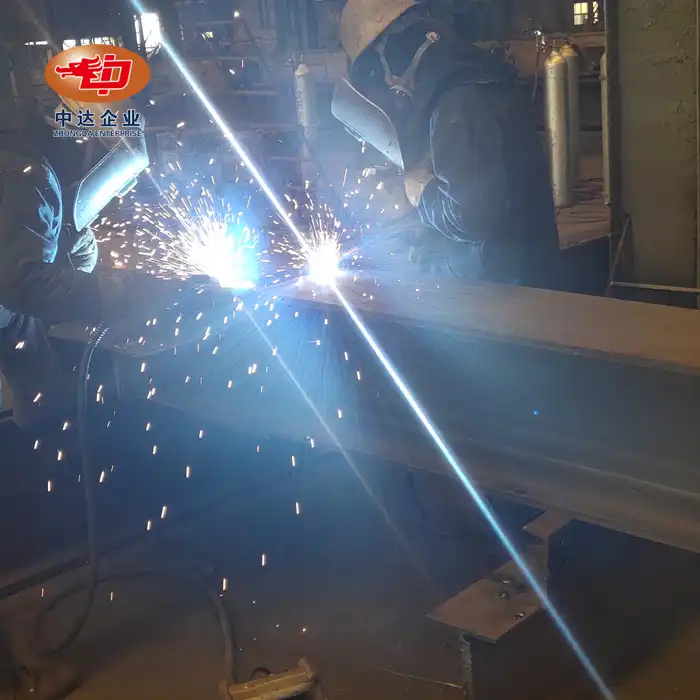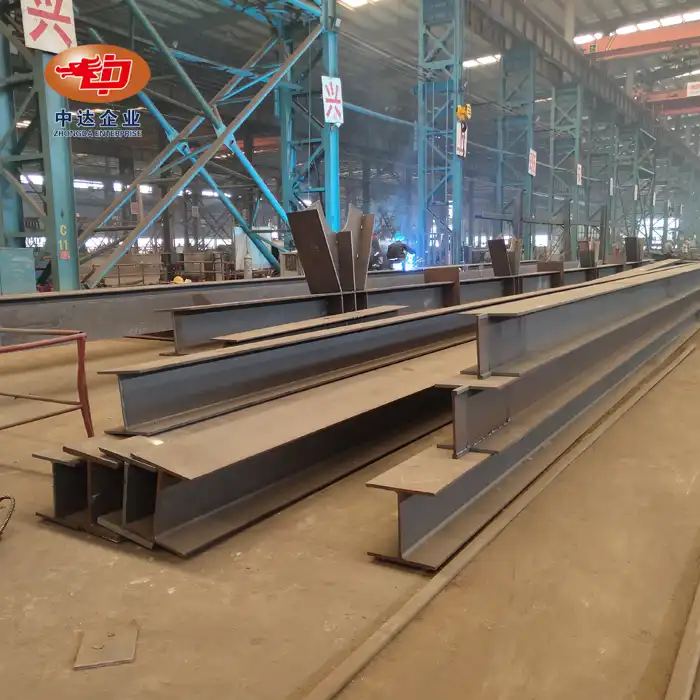The Advantages of Modular Steel Structures in European Construction
Environmental Sustainability and Energy Efficiency
Modular steel structures are at the forefront of sustainable construction practices in Europe. These innovative building solutions significantly reduce waste during the manufacturing and assembly processes. Unlike traditional construction methods, modular steel components are precision-engineered in controlled factory environments, minimizing material waste and optimizing resource utilization. This approach aligns perfectly with Europe's stringent environmental regulations and sustainability goals.
Moreover, the inherent properties of steel make these structures highly energy-efficient. Advanced insulation techniques can be seamlessly integrated into modular steel designs, resulting in buildings that require less energy for heating and cooling. This energy efficiency translates to lower operational costs and reduced carbon footprints, making modular steel structures an attractive option for environmentally conscious developers and end-users alike.
Rapid Construction and Reduced On-site Disruption
One of the most compelling advantages of modular steel structures is the speed of construction. In Europe's fast-paced urban environments, time is often of the essence in construction projects. Modular steel components are manufactured off-site while groundwork and foundations are prepared simultaneously. This parallel processing dramatically reduces overall project timelines, allowing buildings to be completed and operational in a fraction of the time required for traditional construction methods.
The reduced on-site construction time also minimizes disruption to surrounding areas. This is particularly beneficial in densely populated European cities where construction noise and traffic congestion can be significant concerns. By shifting much of the work to off-site facilities, modular steel construction helps maintain urban harmony and reduces the impact on local communities during the building process.

Flexibility and Adaptability for Changing Needs
Europe's urban landscape is constantly evolving, and modular steel structures offer the flexibility to adapt to changing requirements. These structures can be easily modified, expanded, or even relocated if necessary. This adaptability is particularly valuable in sectors such as education, healthcare, and commercial spaces, where needs can change rapidly.
The inherent strength of steel allows for large, open spaces and high ceilings, providing versatility in interior design and space utilization. This flexibility ensures that buildings remain functional and relevant for extended periods, enhancing their long-term value and reducing the need for premature demolition or extensive renovations.
Economic Benefits Driving Adoption of Modular Steel Structures
Cost Savings Through Standardization and Prefabrication
The economic advantages of modular steel structures are a significant driver of their growing popularity in Europe. The standardization of components and prefabrication processes lead to substantial cost savings. By manufacturing elements in controlled factory settings, companies can optimize material usage, reduce labor costs, and minimize waste. These efficiencies translate into lower overall project costs, making modular steel structures an attractive option for budget-conscious developers and investors.
Furthermore, the predictability of costs associated with modular construction helps in accurate budgeting and financial planning. With fewer variables to contend with compared to traditional on-site construction, project managers can provide more precise cost estimates and timelines, reducing financial risks and uncertainties.
Reduced Labor Costs and Improved Safety
Modular steel construction significantly reduces on-site labor requirements, addressing the skilled labor shortages faced by many European countries. The majority of the work is completed in factory settings, where specialized teams can work efficiently and safely. This shift not only reduces labor costs but also improves overall worker safety by minimizing exposure to hazardous on-site conditions.

The controlled environment of factory production allows for the implementation of advanced safety protocols and the use of specialized equipment, further enhancing worker safety. These improvements in safety conditions can lead to reduced insurance costs and fewer work-related accidents, contributing to the overall economic benefits of modular steel construction.
Long-term Value and Reduced Maintenance Costs
Modular steel structures offer excellent long-term value, an important consideration in the European market where buildings are expected to last for generations. The durability of steel, combined with advanced corrosion protection techniques, results in structures that require minimal maintenance over their lifetime. This durability translates into lower long-term costs for building owners and operators.
Additionally, the precision engineering of modular components often leads to better overall building performance. Improved thermal and acoustic insulation, for instance, can result in lower energy costs and increased occupant comfort. These factors contribute to higher property values and rental yields, making modular steel structures an attractive investment option in the competitive European real estate market.
Technological Advancements Enhancing Modular Steel Construction
Integration of BIM and Advanced Design Software
The adoption of Building Information Modeling (BIM) and advanced design software has revolutionized the modular steel construction industry in Europe. These technological tools enable architects, engineers, and contractors to collaborate more effectively, creating detailed 3D models that simulate every aspect of the building process. This level of precision in planning and design minimizes errors, reduces material waste, and optimizes the construction timeline.
BIM technology also facilitates better communication between stakeholders, ensuring that all parties have a clear understanding of the project from conception to completion. This improved coordination leads to smoother project execution and fewer costly on-site modifications, further enhancing the efficiency and cost-effectiveness of modular steel construction.
Innovations in Material Science and Steel Production
Advancements in material science have led to the development of high-performance steel alloys that are stronger, lighter, and more resistant to corrosion. These innovative materials allow for the creation of more efficient structural designs, reducing the overall weight of buildings while maintaining or even improving their strength and durability. In Europe, where architectural aesthetics are highly valued, these new materials enable the creation of sleek, modern designs that were previously challenging to achieve with traditional construction methods.
Moreover, improvements in steel production techniques have made it possible to create more sustainable and environmentally friendly steel products. The use of recycled materials and energy-efficient production processes aligns with Europe's focus on circular economy principles, further enhancing the appeal of modular steel structures in environmentally conscious markets.
Automation and Robotics in Manufacturing and Assembly
The integration of automation and robotics in the manufacturing and assembly of modular steel components has significantly improved production efficiency and quality control. Advanced robotic systems can perform complex welding and fabrication tasks with a level of precision and consistency that surpasses manual labor. This automation not only increases productivity but also ensures higher quality standards, reducing the likelihood of defects and improving the overall performance of the finished structures.
In addition to manufacturing, robotics are increasingly being used in the on-site assembly of modular steel structures. Automated cranes and positioning systems can place large prefabricated components with millimeter-level accuracy, speeding up the construction process and reducing the risk of human error. These technological advancements are particularly valuable in Europe's urban centers, where space constraints and strict safety regulations make traditional construction methods challenging.
Conclusion
The rising popularity of modular steel structures in Europe is a testament to their numerous advantages in modern construction. From environmental sustainability and rapid deployment to economic benefits and technological innovations, these structures are reshaping the European building landscape. As cities continue to grow and evolve, the flexibility, efficiency, and sustainability offered by modular steel construction will likely play an increasingly important role in meeting Europe's diverse architectural and infrastructure needs. The ongoing advancements in technology and materials promise to further enhance the capabilities of modular steel structures, solidifying their position as a cornerstone of future-oriented construction practices across the continent.
Contact Us
For innovative, high-quality modular steel structures tailored to your specific needs, look no further than Zhongda Steel. Our expertise in BIM-driven prefabrication, advanced anti-corrosion technology, and precision engineering ensures that your project benefits from the latest advancements in modular steel construction. With a proven track record of delivering excellence across global projects, we're committed to bringing your vision to life with unparalleled quality and efficiency. Contact us today at Ava@zd-steels.com to discover how our modular steel solutions can revolutionize your next construction project.











